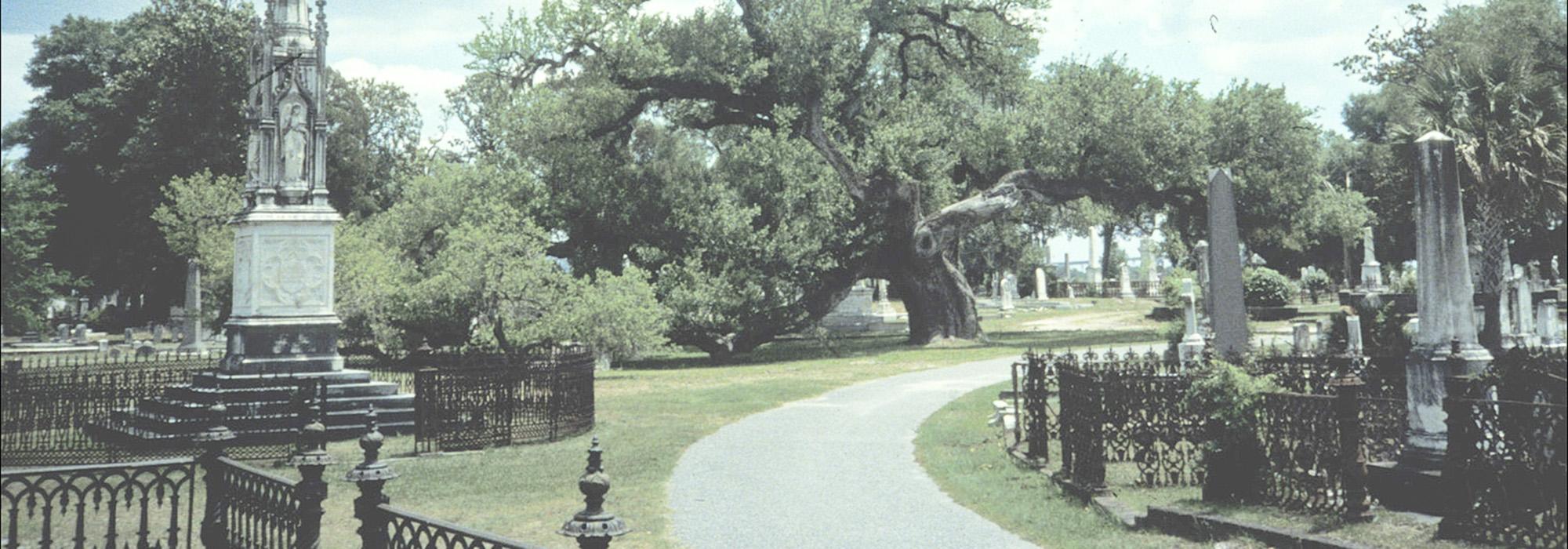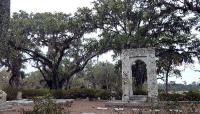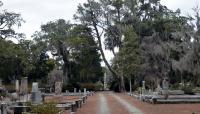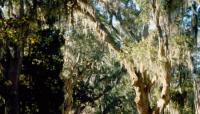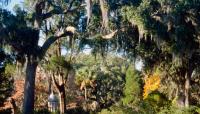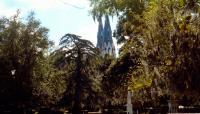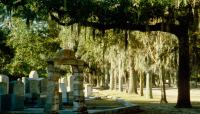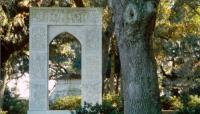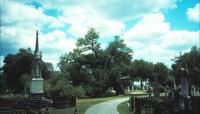Landscape Information
The Bonaventure Plantation was established by Colonel John Mullryne in 1762 along Saint Augustine Creek, three miles east of the Savannah colony. No crops were planted there, but live oaks were established every 15 feet to form allées along the plantation’s roads. In 1846 Commodore Josiah Tattnall III sold the 600-acre property to Peter Wiltberger. Wiltberger developed it as a private cemetery, hiring James H. Rion in 1850 to lay out the grounds in the rural cemetery style.
The tree-lined roads formed a framework for the plan, with the addition of an ellipse and ring road at the center of the cemetery. Burial plots were situated between the roads and on top of the Tattnall mansion ruins. The site’s contemplative character was aided by the old live oak trees draped with silvery long moss (many of which still survive today), and by its location on a bluff overlooking the Wilmington River.
Wiltberger’s son formed the Evergreen Cemetery Company in 1868, and approached the City of Savannah to purchase the land soon thereafter. The change from private to public hands happened in 1907, when the City bought the 100-acre property and renamed it Bonaventure Cemetery. In 1994 the cemetery developed an almost cult-like following when the bronze statue Bird Girl by Sylvia Shaw Judson graced the cover of John Berendt’s 1994 novel, Midnight in the Garden of Good and Evil. The cemetery was named a National Historic Landmark in 2001.



